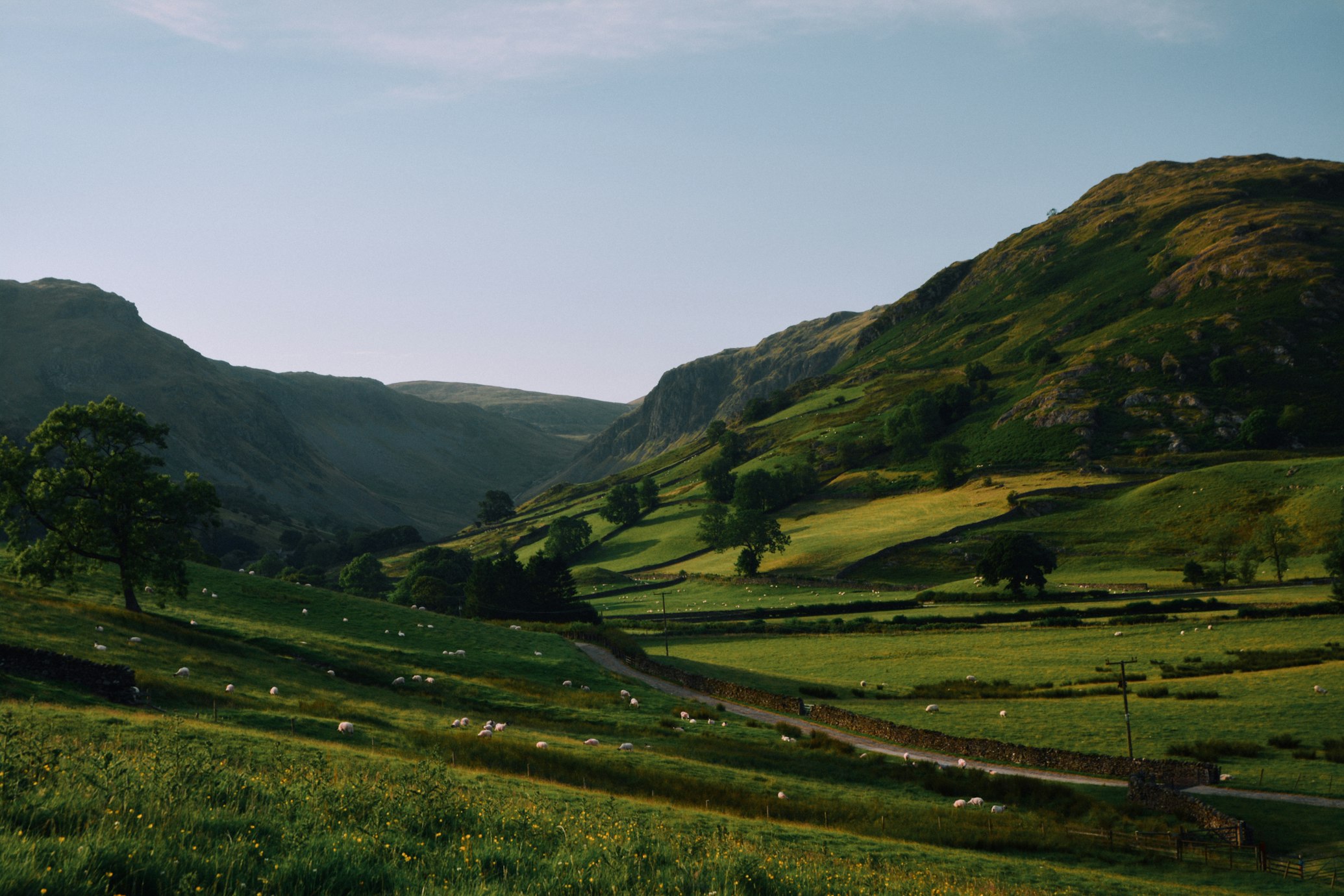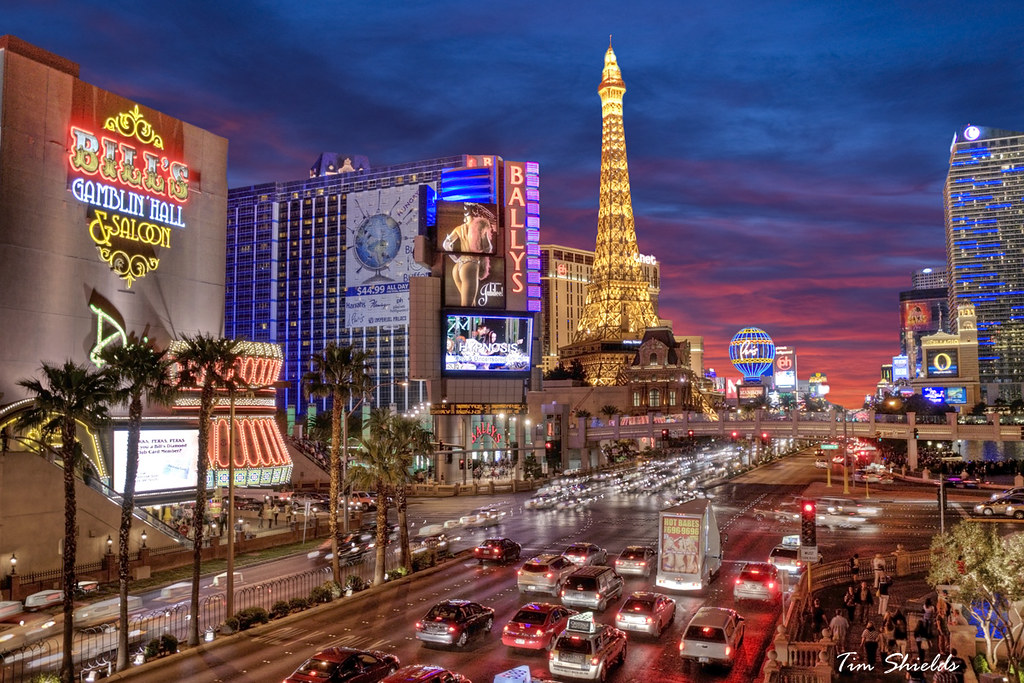Where to go in Eastern Germany
Places I saw and recommend in eastern Germany: Berlin and Dresden.
Exploring Frankfurt an der Oder
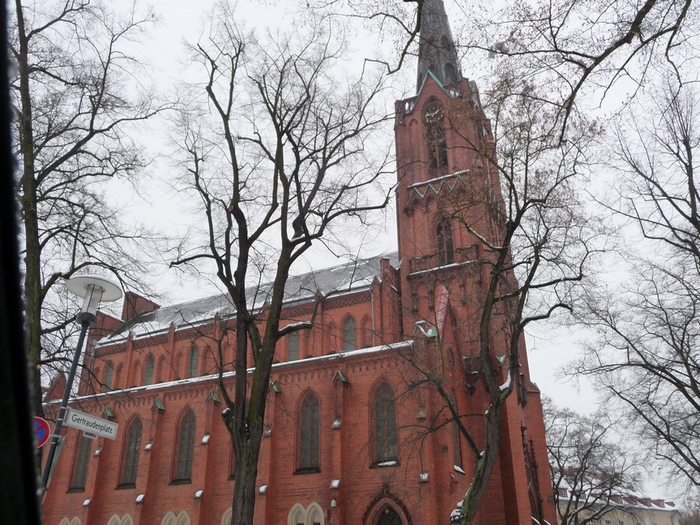 After our conversation, I thanked Veit [a stern/formal East German] and stepped away to pack my things. However, before I could leave the McDonald’s, he approached me and said, “Bad veather today. I show you around. I have car. Come.”
After our conversation, I thanked Veit [a stern/formal East German] and stepped away to pack my things. However, before I could leave the McDonald’s, he approached me and said, “Bad veather today. I show you around. I have car. Come.”
What a transformation! He had started so cold and unfriendly, now he’s offering to take me on a tour of the town! When we got into his car, I noticed it was an Opel. That’s a General Motors brand. “You’re German and you’re driving an American car?” I blurted out before being able to censor my thoughts.
“Ja, but zis is a joint venture between GM and Germany,” he said, as if that excused him of his transgression.
 We drove one minute to the center of town, while the freezing drizzle continued. It was indeed more comfortable to see the town from his warm car. Besides, the town was bleak and felt a bit abandoned.
We drove one minute to the center of town, while the freezing drizzle continued. It was indeed more comfortable to see the town from his warm car. Besides, the town was bleak and felt a bit abandoned.
Veit explained that when the Wall came down in 1989, Frankfurt an der Oder’s population was 90,000, but today it’s just 65,000. Another East German town, Hoyerswerda, saw its population decline from 70,000 to 40,000 over the same period. East Germans closed the town’s inefficient communist factories and businesses, so thousands moved west to find jobs.
Moreover, East Germany has the lowest fertility rate in the world: the average woman produces only one child. As a result, many East German towns are dying. He methodically pointed out the key sites, “Zis is ze Mayor’s house. And over heer is the River Oder.” He continued until he parked at St. Mary’s Church, the most impressive structure in town. “Vould you like to zee it inside?”
I still couldn’t believe my luck and said, “Ja, sehr gut! Danke!” (“Yes, very good! Thanks!”)
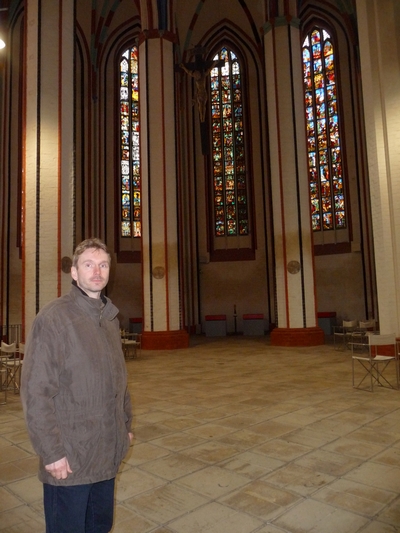
It seemed like a regular church from the outside, but the inside is stupendous. The church had no pews, so its vaulted ceilings take you to the heavens. The medieval ecclesiastic architecture dominates the 800-year-old church. Several times Veit pointed out proof of the building’s age, “Look zere, you zee zis tombstone is over 600 years old.”
Like most things in Germany, the church was destroyed in WWII. The GDR was an atheist country, so the church was still in ruins in 1981. Eventually, the Germans, methodical as they are, repaired it over decades. As we walked around, the sound of a hammer or drill would interrupt the echoes of our footsteps.
The brochure points out, with classic German precision, all the key statistics: the chancel’s height is 39.5 meters, there are 111 stained-glass windows, a special large 12-meter scaffolding helped the Germans rebuild the arches, and 89,000 visitors came in 2008. The free brochure even has a simplified blueprint with the exact measurements and color combinations. You gotta love the Germans.
Besides giving away the brochure, the church’s office sold a few items that reminded me of East Germany’s most famous man: Johann Sebastian Bach. His birthplace in Eisenach is now a Bach museum, which includes over 300 of his instruments. Although he’s famous for being the king of the Baroque musical style, most don’t know that he was an orphan at 10 years old. He remained in East Germany, spending much of his life in Leipzig, where he died, according to a 1750 newspaper, “from the unhappy consequences of the very unsuccessful eye operation.”
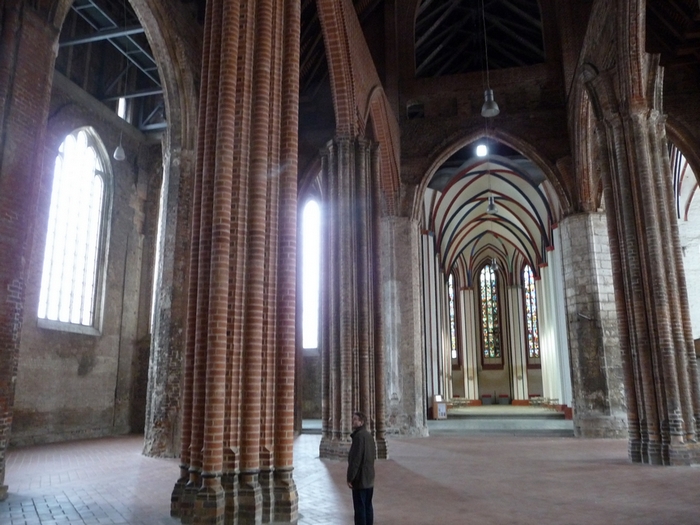 When Veit and I returned to his car, I asked him if he knew where Poland’s nearest train station was. He wasn’t sure, but he started driving into Poland. He never said he would take me there, but in his own quiet way, he ended up taking the most efficient route to the station. After driving 10 minutes, he stopped by a humble train station. He walked out in the storm to confirm with a parked Polish policeman that this was the correct station. Veit and I shook hands and I thanked him profusely.
When Veit and I returned to his car, I asked him if he knew where Poland’s nearest train station was. He wasn’t sure, but he started driving into Poland. He never said he would take me there, but in his own quiet way, he ended up taking the most efficient route to the station. After driving 10 minutes, he stopped by a humble train station. He walked out in the storm to confirm with a parked Polish policeman that this was the correct station. Veit and I shook hands and I thanked him profusely.
This simple, working-class German had undergone a complete transformation. He had started as a cold, suspicious man, offering me only five minutes of conversation. But in the end, he spent 93 minutes with me, drove me all around the town, and went completely out of his way (and into another country) to drop me off at the train station.
It is often said that Eastern Europeans are cautious at first, but once they like you, they will go to the ends of the earth for you. Although Poland wasn’t the end of the earth, for a German, it is.
This is an excerpt from The Hidden Europe: What Eastern Europeans Can Teach Us.
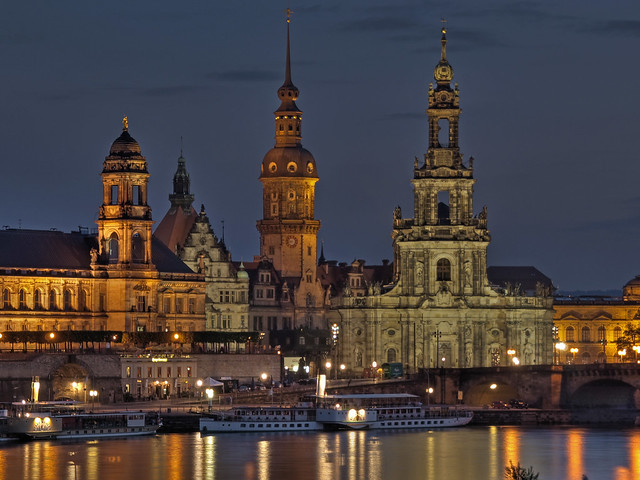
ABOVE: The elegant town of Dresden, the most beautiful city I saw in Eastern Germany. (Photo by mr172.)
Recommended reading
Read up about Eastern Germany in Wikipedia and Germany on the CIA Factbook.
Travel deals to Eastern Germany
Check my favorite travel sites:
Interactive map of Eastern Germany
View Larger Map


